Or, the joys and disappointments of suburban wildlife photography. I recently got a high-resolution DSLR, the Nikon D850 to replace the venerable and much-used D7100. The “new” camera is already 6 years old as of 2023, having first appeared in 2017, but the D7100 is even older, dating back to 2013. The new camera is full-frame instead of cropped, and has much higher resolution and a better autofocus system. It’s not as advanced as some of the higher-end mirrorless models that I’ll eventually switch to, but it’s been called, justifiably, the best DSLR ever made, which is good enough for me. All of the accolades and all of technical stuff boils down to this for me: it’s going to take me a while to learn to use this camera, but it’ll be worth it.
The thing is, the wildlife doesn’t really care that I don’t know how to use my new camera like a pro. It’s not going to wait. And this is a post about suburban wildlife photography because yes, even here in suburbia, there’s tons of wildlife to observe. I’ve had 15 species of bird in less than an hour just from the driveway of my <1/4-acre property in “downtown” Boca Raton.
Case in point:
The other day as I was out waiting for the vultures and/or the Nandays to pass by, I checked out a pair of mockingbirds being a little raucous. This isn’t too unusual. The Northern Mockingbird (scientific name Mimus polyglottos—I’ve written about them before; feel free to click the link for more info) is perhaps the most common and conspicuous bird in my neighborhood, and in many neighborhoods across the country. Back when I lived in Los Angeles, it was a familiar bird. It’s also Florida’s state bird, at least for now (there are nearly annual proposals to replace it with something more “Florida,” but they never go anywhere).
What caught my attention the other day is that one of the birds was singing loudly from the top of the slash pine in my front yard, while the other kept flying down to the ground and flashing its wings, which they typically do when they’re trying to scare up a tasty snack. So I assumed that was what was going on: a bit of evening singing and snacking. Turns out, I was wrong. This was anti-predator behavior: there was a snake on the ground (a Black Racer; I’ve written about them before as well), and the mockers wanted to make sure it departed.
These little birds are actually well known for their scrappy nature, dating all the way back to the nineteenth century. Audubon was, ahem, mocked for the plate below documenting mockingbirds defending their nest from a rattlesnake. And in truth, it is an overly dramatic presentation:
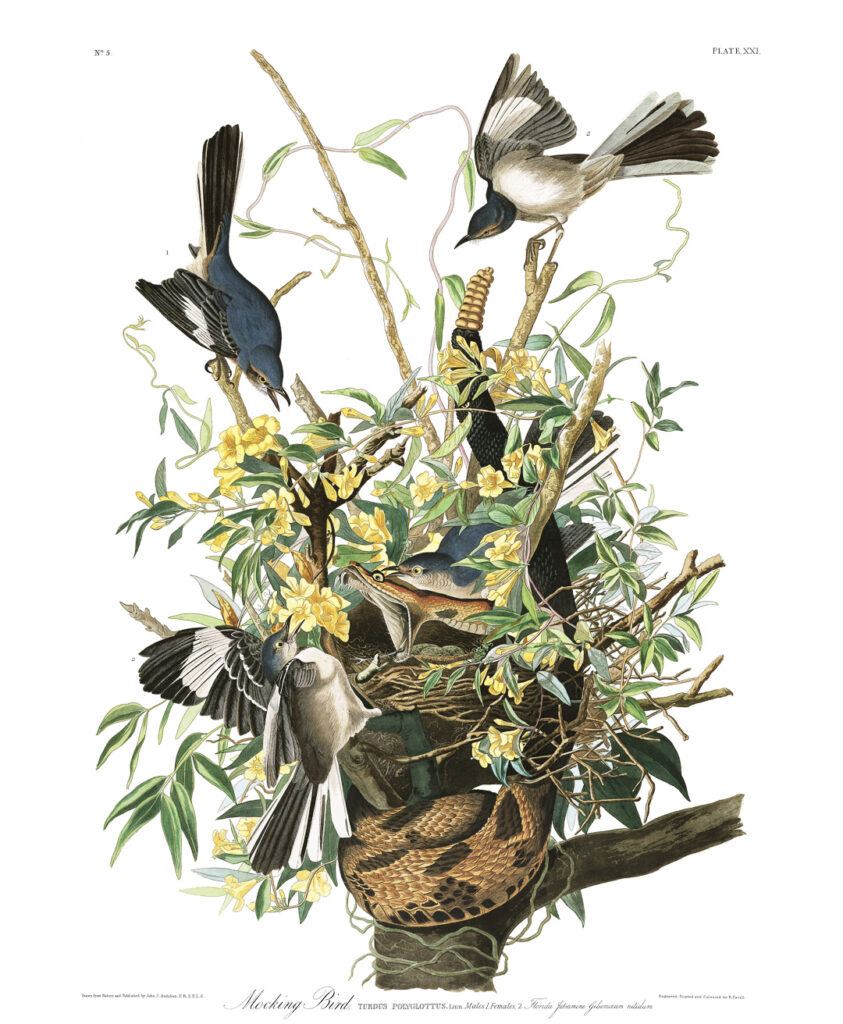
But despite Audubon’s well-known tendency to embellish a supposedly scientific story for dramatic effect, I can vouch for the fact that the mockingbirds in my neighborhood do this, too. Although, since the snakes in my neighborhood are Black Racers instead of rattlers, and since as I mentioned at the top of this post, I’m still a n00b with my new camera, the artistic presentation is lacking, check out the gallery below and you’ll see this anti-snake behavior in action. You’ll also see why I started this post by mentioning both the joys and the disappointments of suburban wildlife photography.

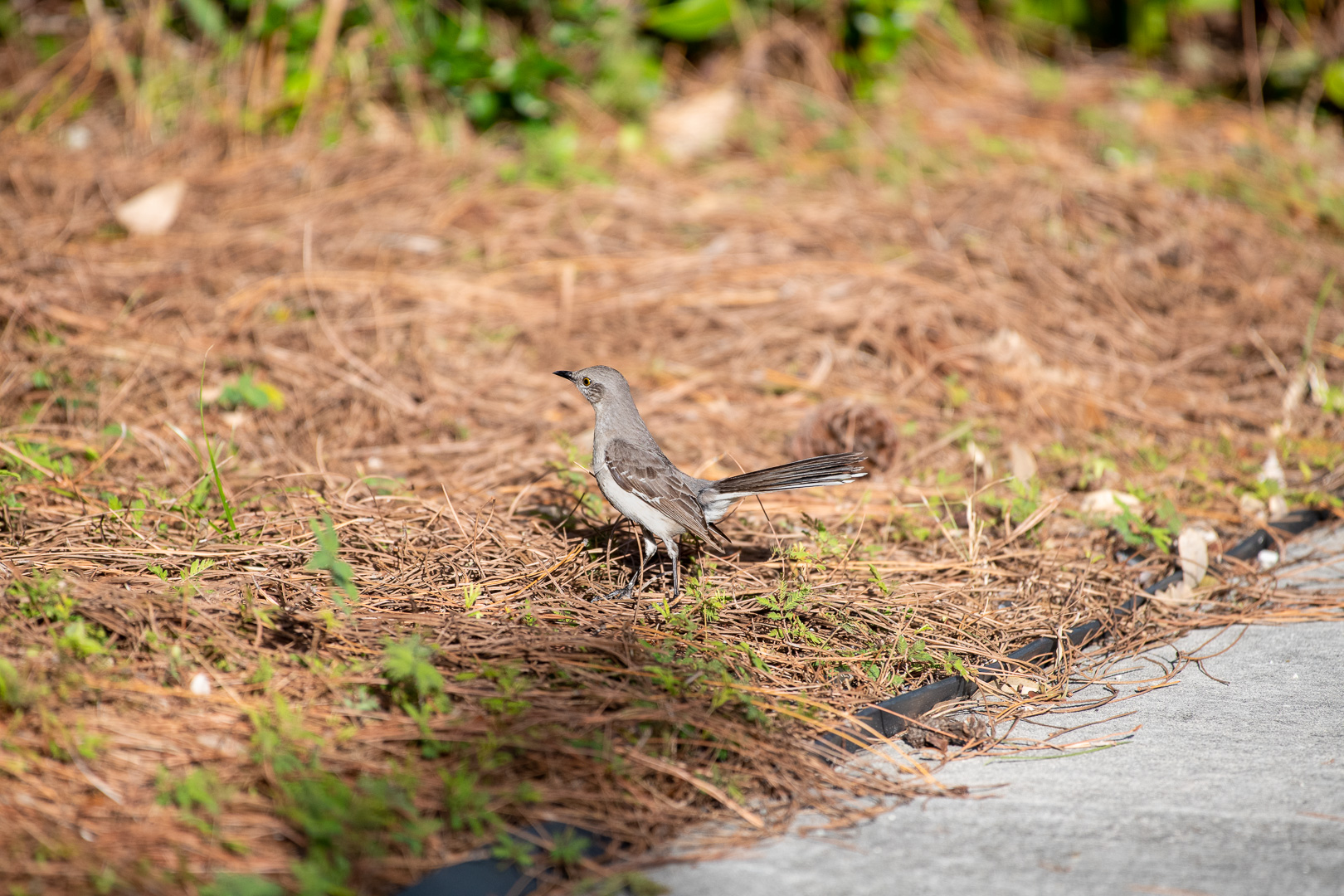

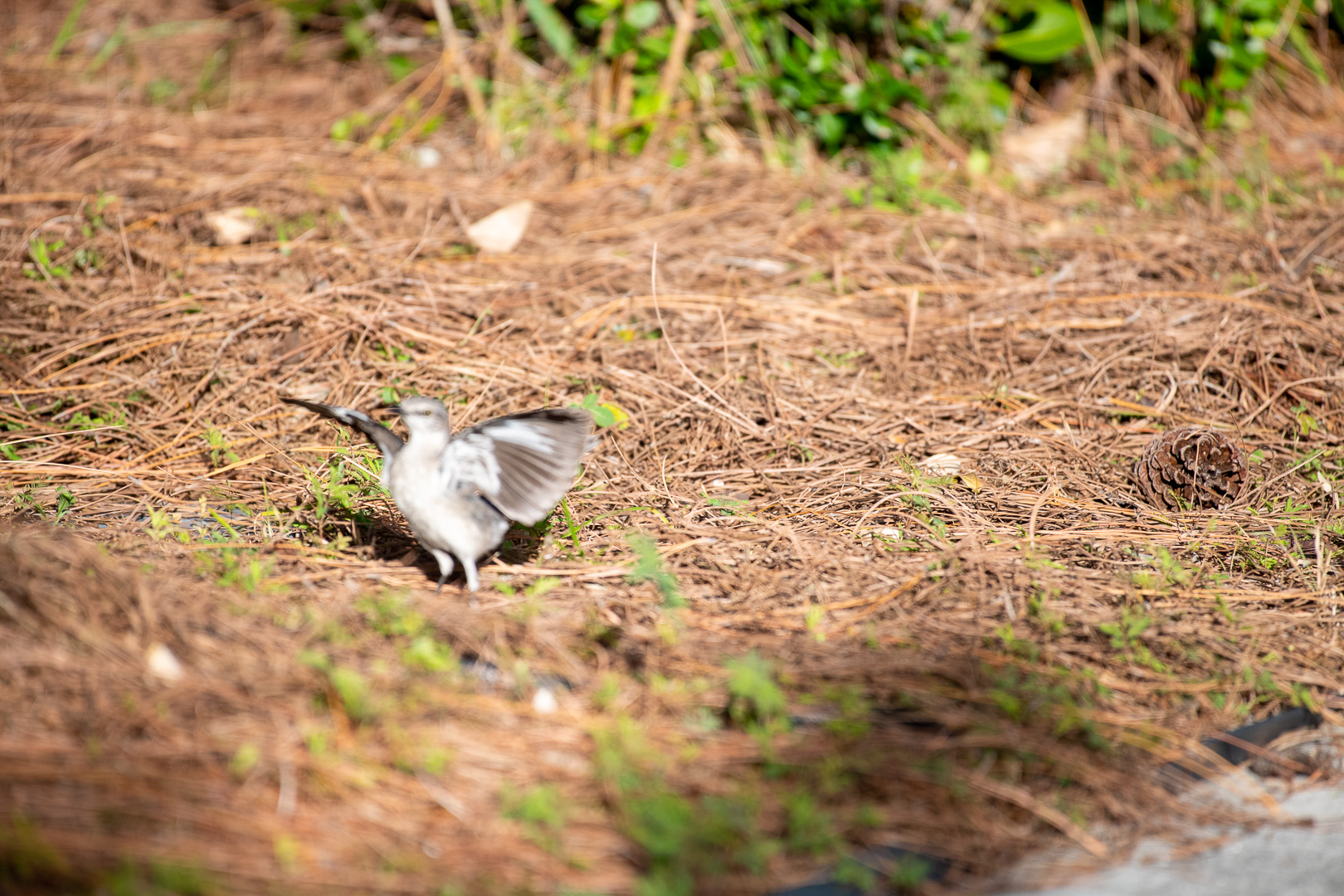
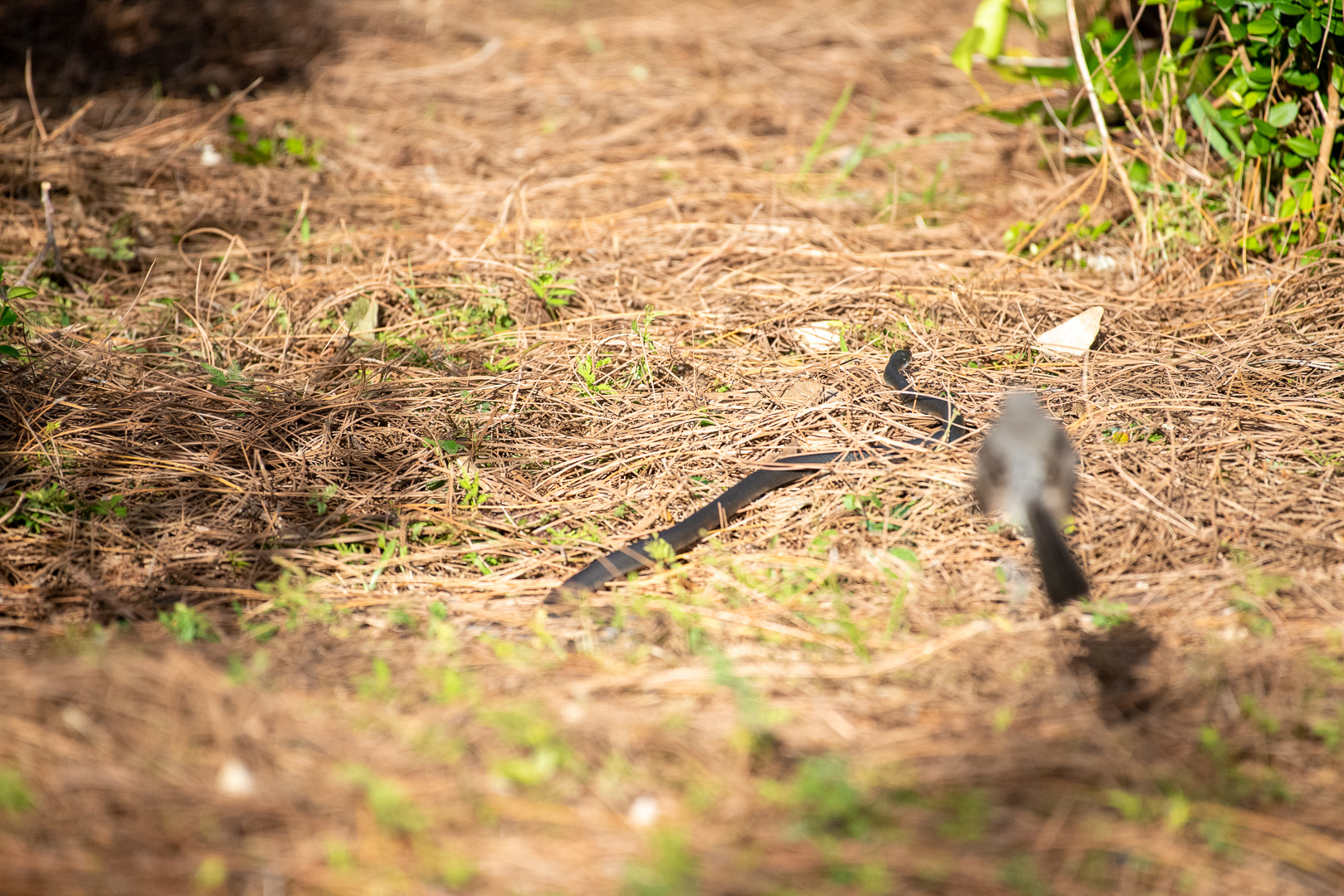
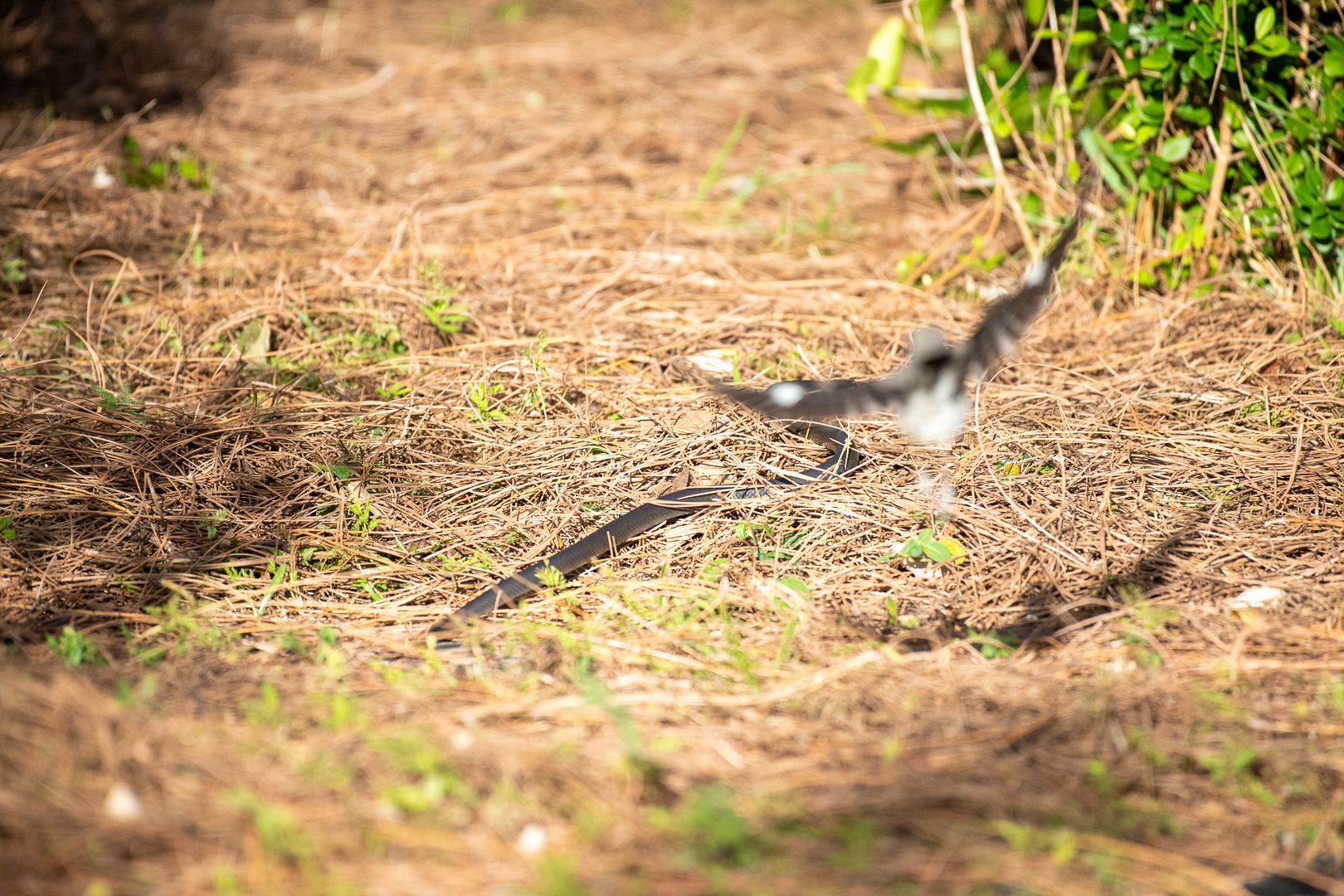
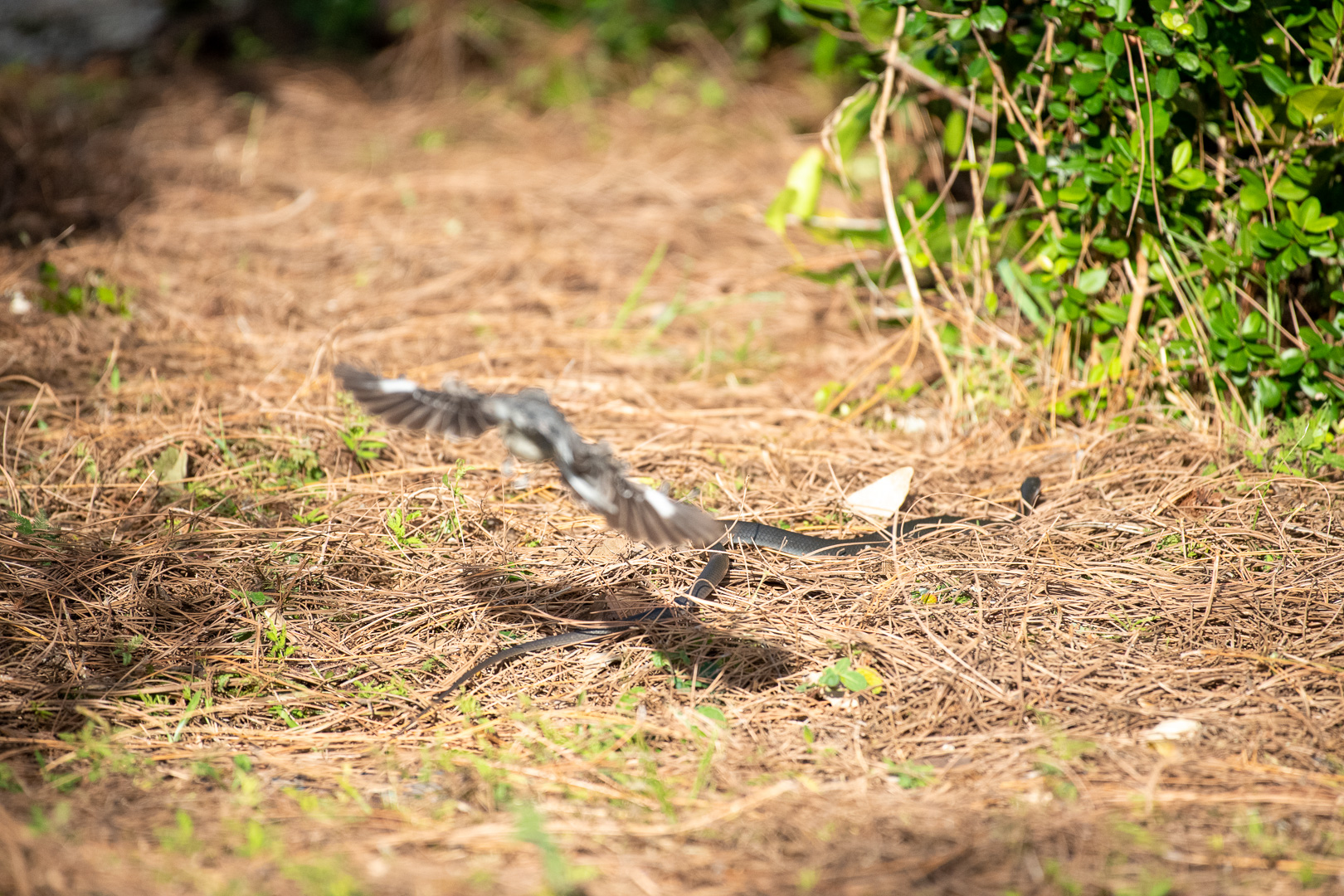
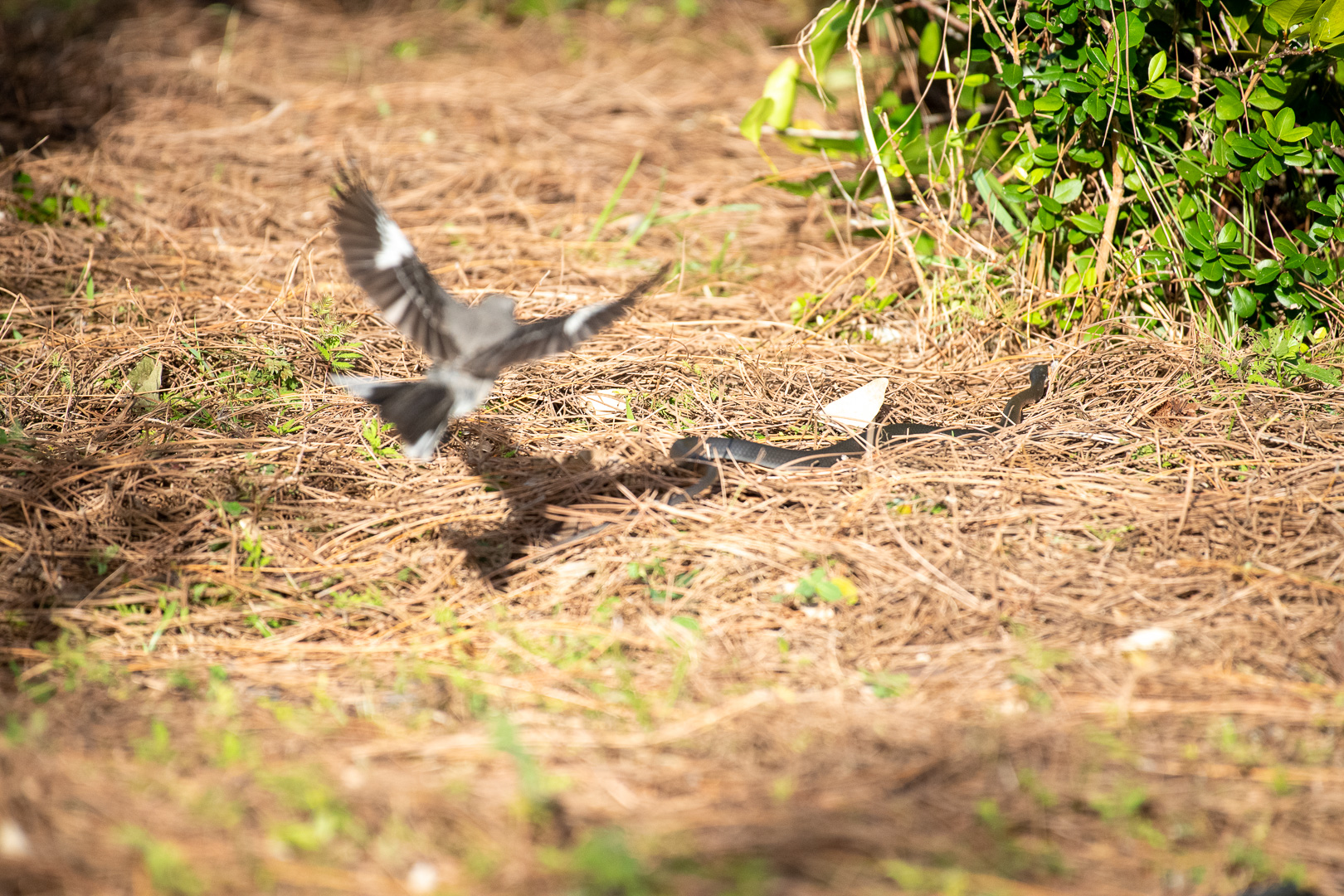
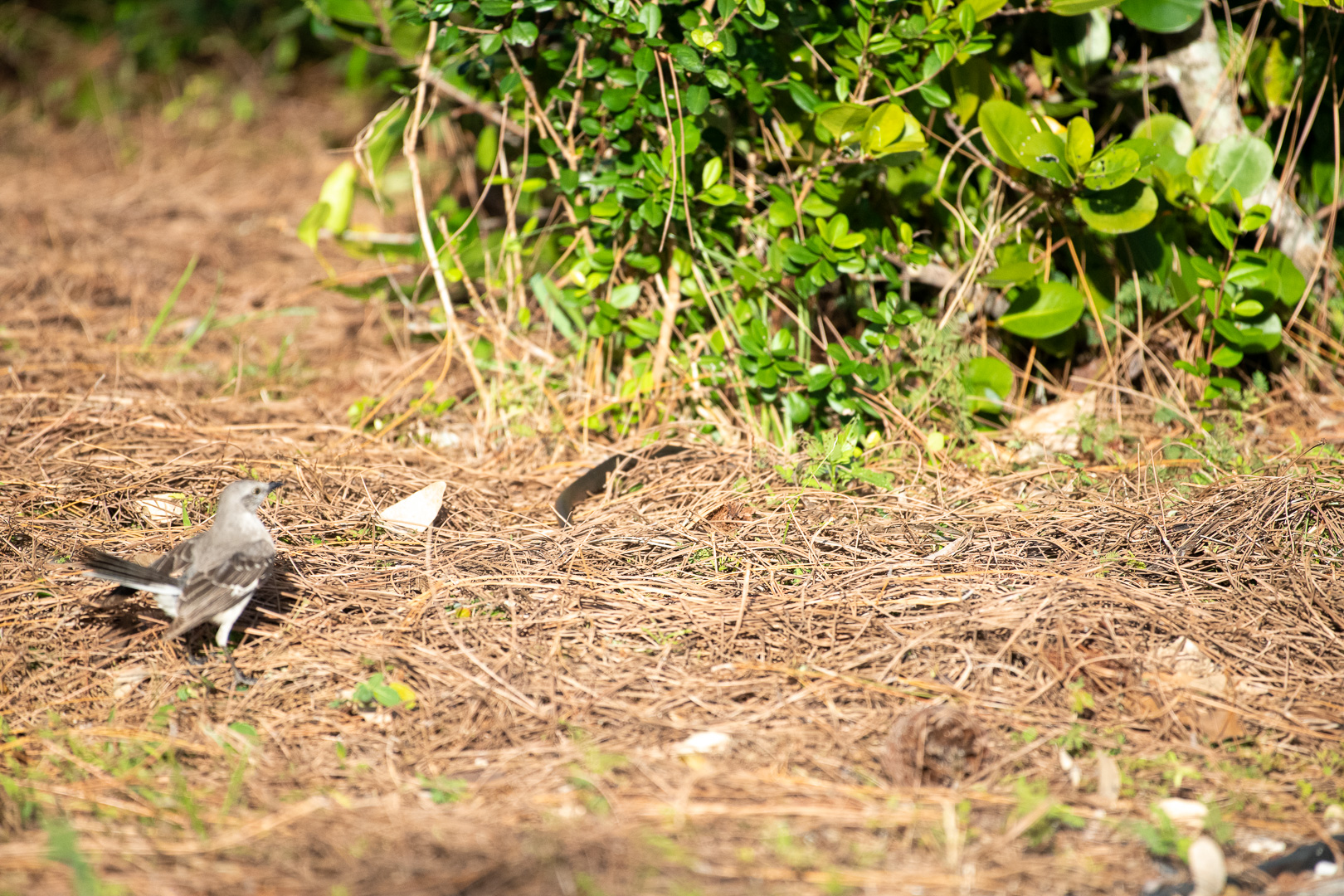
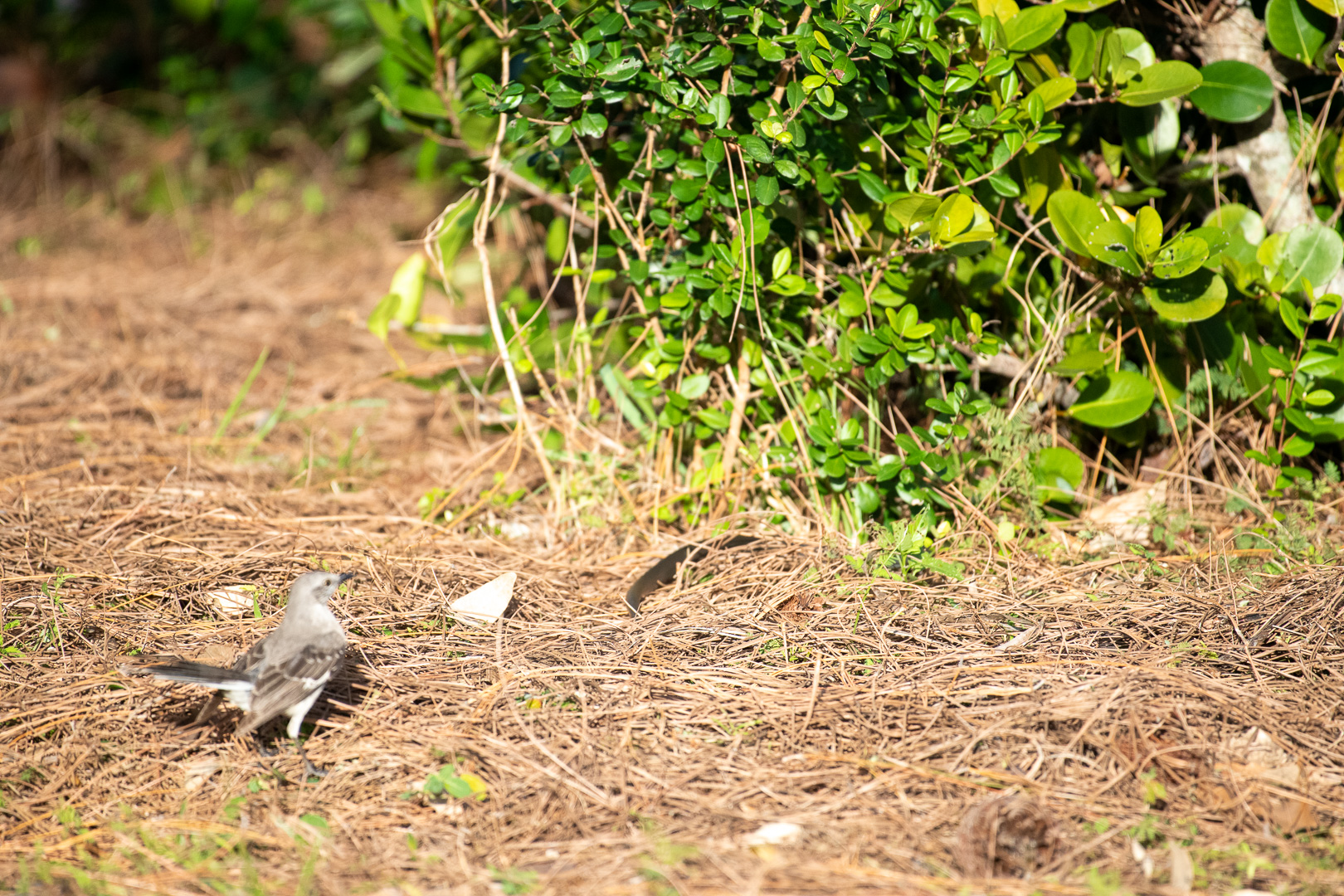
Despite their apparent rivalry, both mockingbirds and black racers are some of my favorite backyard visitors 👍